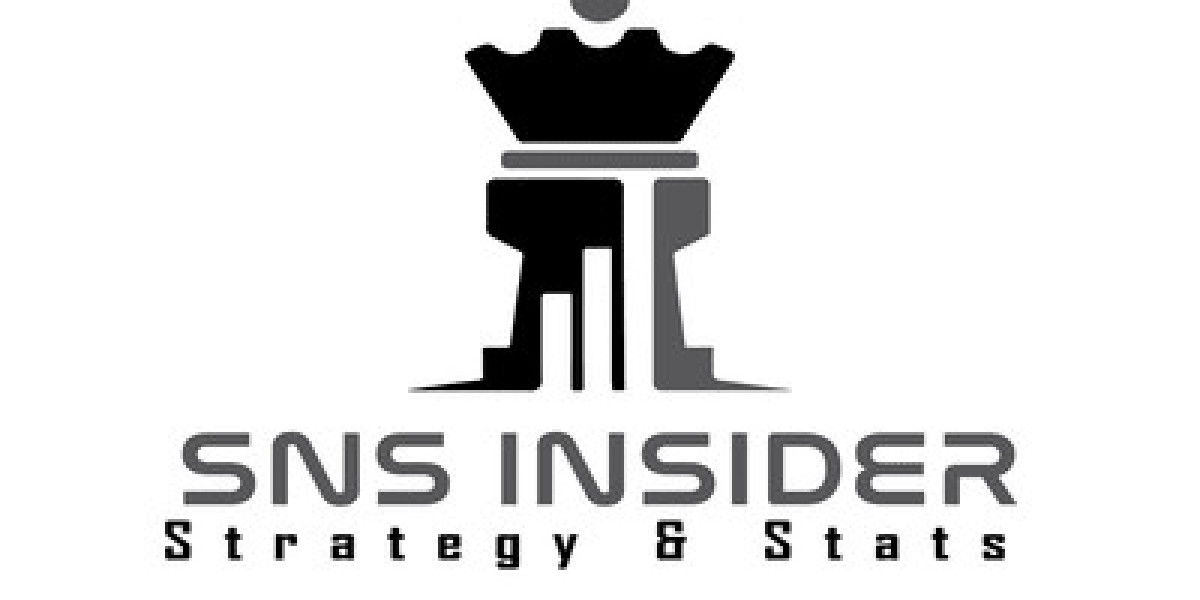Pancreatic Cancer Drugs Market
Market Outlook
The global pancreatic cancer drug market size was USD 2.49 Billion in 2022 and is likely to reach USD 9.25 Billion by 2031, expanding at a CAGR of 15.7%. The growth is mainly due to the companies rearranging their operations and recovering from the COVID-19 impact, which had earlier led to restrictive containment measures involving social distancing, remote working, and the closure of commercial activities that resulted in operational challenges. The market is also driven by the increasing incidence of pancreatic cancer, which is one of the leading causes of cancer death globally2.
Market Trends
One of the major trends in the pancreatic cancer drugs market is the increasing R&D for advanced drugs that target specific molecular pathways involved in the disease progression. For instance, in December 2019, the U.S. Food and Drug Administration (FDA) approved olaparib, a PARP inhibitor, for the treatment of metastatic pancreatic cancer with BRCA mutations3. Another trend is the emergence of novel testing technologies that can improve the diagnosis and prognosis of pancreatic cancer. For example, in April 2020, a team of researchers from Johns Hopkins University developed a blood test that can detect eight common types of cancer, including pancreatic cancer, with high accuracy4.
Asthma Therapeutics Market
Market Outlook
The global asthma therapeutics market size was valued at USD 18.1 Billion in 2022 and is expected to reach USD 22.29 Billion by 2031, expanding at a CAGR of 2.34%. The growth is attributed to the rising prevalence of asthma and other respiratory disorders worldwide, which require long-term pharmacological management through bronchodilators, inhaled/oral corticosteroids, and other drugs that prevent and relieve airway obstruction symptoms. The market is also influenced by the COVID-19 pandemic, which has increased the risk of severe respiratory complications among asthma patients6.
Market Trends
One of the key trends in the asthma therapeutics market is the increasing R&D for advanced biologics that target specific immune pathways involved in asthma pathogenesis. For instance, in September 2019, Novartis announced positive results from the phase III IRIDIUM study of QVM149, an inhaled combination therapy for uncontrolled asthma7. Another trend is the growing adoption of sensor-enabled smart inhalers that can track medication usage and provide reminders to patients. For example, in January 2020, Teva Pharmaceutical Industries launched ProAir Digihaler, a digital inhaler with built-in sensors that can connect to a mobile app8.







